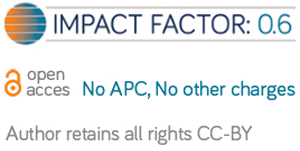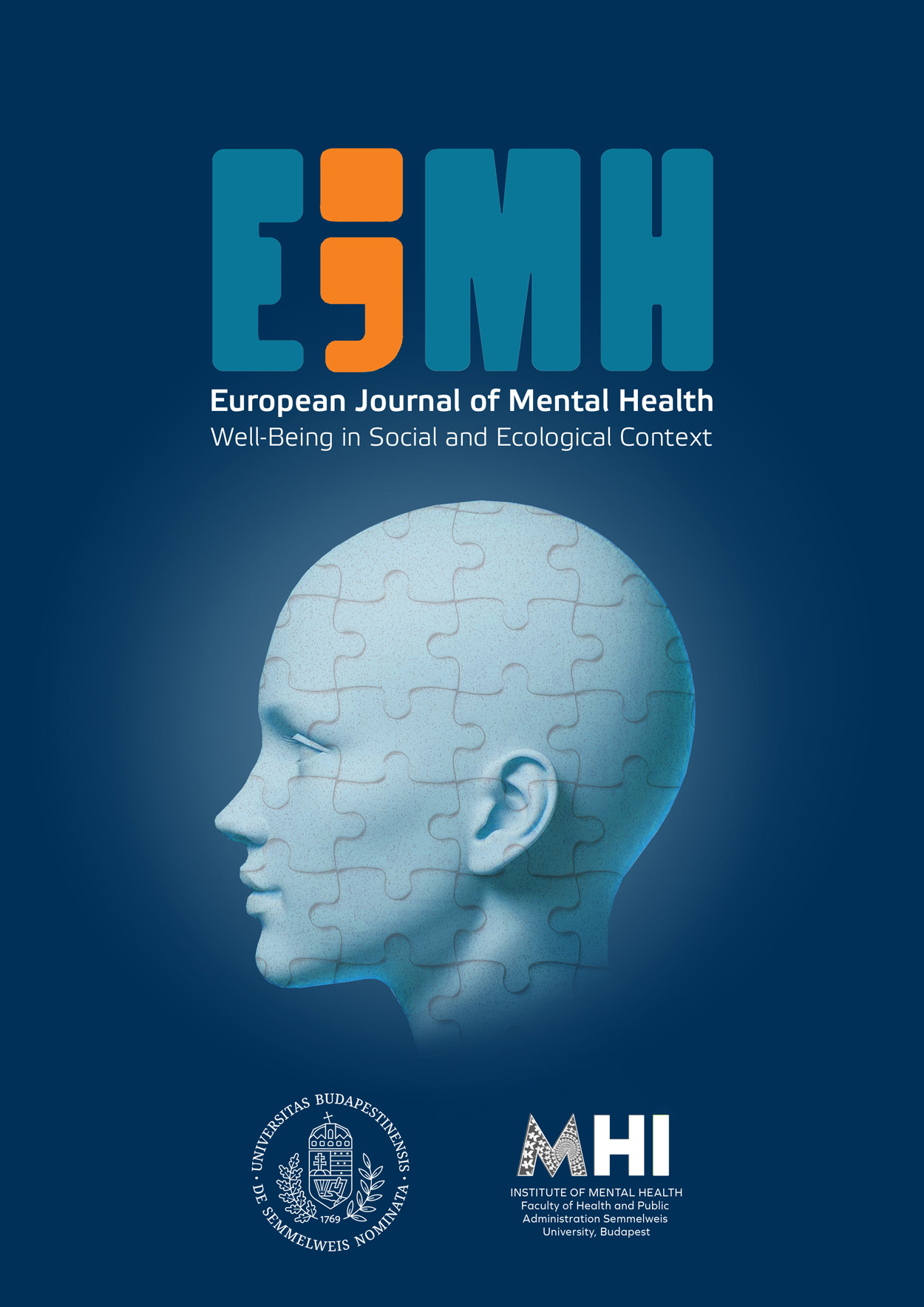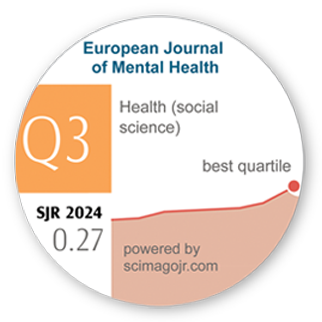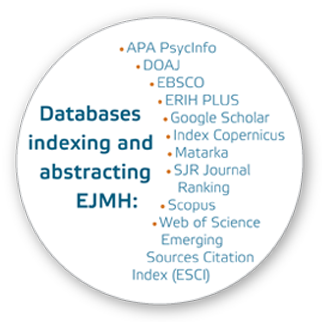Salvation and Religiosity: The Predictive Strength and Limitations of a Rokeach Value Survey Item
DOI:
https://doi.org/10.5708/EJMH.12.2017.1.1Keywords:
categorical self-classification, denominational affiliation, dimensions of religiosity, ethics factor, indicators of religiosity, measuring religiosity, religion factor, Rokeach Value Survey (RVS), salvationAbstract
In this study we explore the possibilities and limitations of using the Salvation item of the Rokeach Value Survey (RVS) as a global indicator of religiosity. Our data come from the data collection connected to the 4th wave of the European Social Survey (2008; N = 1144). First we compare the Salvation item with four global indicators of religiosity. In the second phase of analysis we examine the relationship between the overall indicators of religiosity – including, especially, the RVS Salvation item – and two „classic“ aspects of religiosity, the ideological dimension (beliefs) and the consequential dimension (religious behaviour). In the third step, we analyse the similarities and differences of the behaviour of Salvation and the other indicators as a function of socio-demographic variables (gender, age, level of education, domicile, denominational affiliation) with ANOVA. On the whole, the Salvation item of the RVS is a somewhat weaker indicator of religiosity than the other global indicators. On the one hand, it seems to be a stricter measure than those, and, on the other hand, it is less suitable to identify non-traditional forms of religiosity. With these restrictions, however, it can be considered an adequate indicator of religiosity under the social conditions of Hungary in the twenty-first century.






